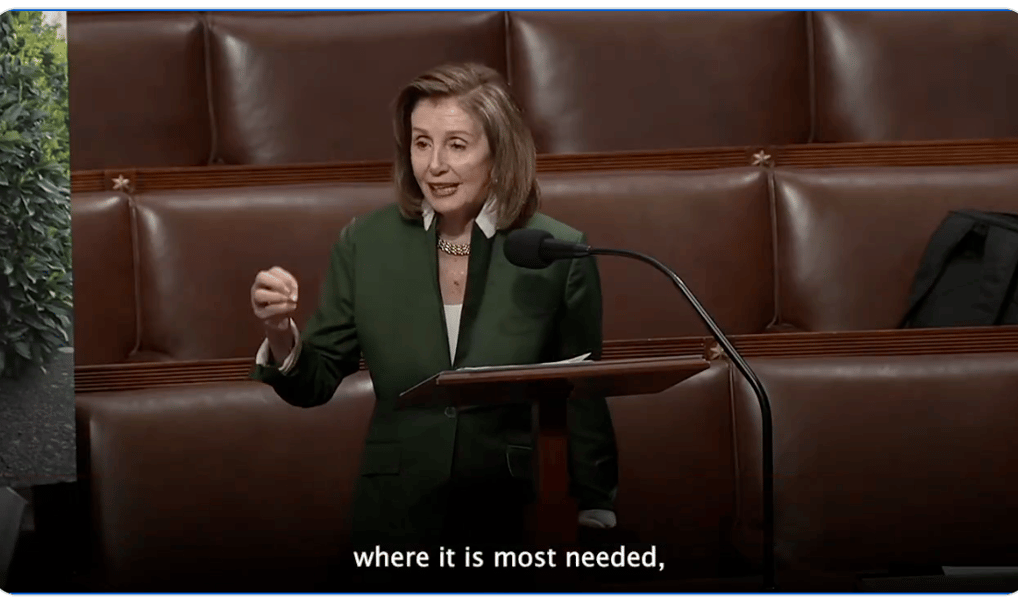The Hidden Threads of Inequality: How Health Care Cuts and Tax Breaks Are Woven Together
5/19/20253 min read


The Hidden Threads of Inequality: How Health Care Cuts and Tax Breaks Are Woven Together
Introduction
At first glance, a bill cutting Medicaid might seem unrelated to tax breaks for the wealthy. But dig deeper, and you’ll find hidden connections that reveal a bigger picture of inequality. Nancy Pelosi’s critique of the Republican bill as "Robin Hood in reverse" isn’t just rhetoric; it’s a lens into how policy choices reflect and reinforce societal divides. This post explores those threads, showing how health care, economics, and morality are intertwined in ways that shape our future.
The Surface Story: Health Care Cuts and Tax Breaks
The Republican bill proposes slashing $500 billion from Medicare and $700 billion from Medicaid while extending $4.5 trillion in tax breaks, primarily benefiting the top 1%. Pelosi’s term "Robin Hood in reverse" captures the inversion of traditional wealth redistribution, where resources are taken from the poor to give to the rich. But this isn’t just about numbers. It’s about who we value. The Congressional Budget Office estimates these cuts could leave millions without health care, while the Tax Policy Center shows the wealthy gaining an average of $60,000 each. This disparity isn’t accidental; it’s a deliberate policy choice with ripple effects across society.
Hidden Connection 1: The Erosion of the Social Safety Net
Medicaid isn’t just a program; it’s a cornerstone of the social safety net, expanded under the Affordable Care Act to cover millions more. Cutting it back isn’t just about health care; it’s about dismantling a system that reduces inequality. Research from the Center on Budget and Policy Priorities highlights how Medicaid expansion improved health outcomes and financial security, particularly for low-income and minority communities. But the bill’s cuts, justified as fiscal responsibility, ignore the human cost. Meanwhile, tax breaks for the rich erode the revenue base, making it harder to fund essential services. This connection is hidden because it’s not immediate; it’s a slow unraveling of the fabric that holds society together. The wealthy benefit now, but the long-term cost is a more divided, less healthy nation.
Hidden Connection 2: The Myth of Trickle-Down Economics
The bill’s premise relies on trickle-down economics, the idea that benefits to the rich will eventually help everyone. But history and data tell a different story. The 2017 Trump tax cuts, which this bill seeks to extend, already skewed benefits towards the top, with the top 1% gaining three times more as a share of after-tax income than the bottom 60%, according to the Tax Policy Center. Carnegie Mellon University’s research on income inequality shows that such policies widen the gap, not close it. The hidden connection here is psychological: we’re conditioned to believe in meritocracy, that wealth reflects worth. But when policy actively redistributes wealth upwards, it undermines that belief, fostering resentment and division. Health care cuts amplify this by making the poor pay twice—once through lost services and again through a tax system that favors the rich. It’s not just economics; it’s a moral statement about who deserves care and opportunity.
Hidden Connection 3: The Role of Morality in Policy
Pelosi’s "Robin Hood in reverse" isn’t just a critique; it’s a moral framework. The bill’s choices reflect a value system where corporate profits trump human dignity. This connects to broader societal shifts, where empathy is sidelined for efficiency. The hidden thread here is the erosion of trust in government. When policies prioritize the wealthy, it signals that the system doesn’t work for everyone, fueling cynicism and disengagement. But it also connects to global trends, where rising inequality is linked to social unrest, as seen in studies from the World Bank. Health care isn’t just a service; it’s a barometer of societal health. Cutting it while rewarding the rich sends a message that some lives matter more than others. This moral disconnect is hidden because it’s normalized, but it’s the foundation of the bigger picture.
What Can We Learn?
The hidden connections in this bill reveal a tapestry of inequality, woven from threads of health care, economics, and morality. It’s not just about policy; it’s about who we are as a society. Recognizing these connections is the first step to unraveling them. We must ask: Are we okay with a world where the rich get richer at the expense of the poor? How do we balance fiscal responsibility with human responsibility? The answers lie in seeing the bigger picture, where every policy choice has ripple effects that shape our collective future.
Thought-Provoking Questions
How do health care cuts and tax breaks for the wealthy reinforce each other in ways we might not immediately see?
What does it say about our society when we prioritize corporate profits over human dignity?
Can we truly achieve fiscal responsibility without considering the moral implications of our choices?
How might recognizing these hidden connections change the way we approach policy debates?
Are we willing to demand a system that works for all, or will we accept the slow unraveling of the social fabric?
Conclusion
"Robin Hood in reverse" isn’t just a phrase; it’s a call to action. By uncovering the hidden connections, we can challenge the narrative and demand a future where policy choices reflect our shared humanity, not just the bottom line.
Explore deep insights on current events and growth.
Vision
Truth
hello@insightoutvision.com
+1-2236036419
© 2025. All rights reserved.
